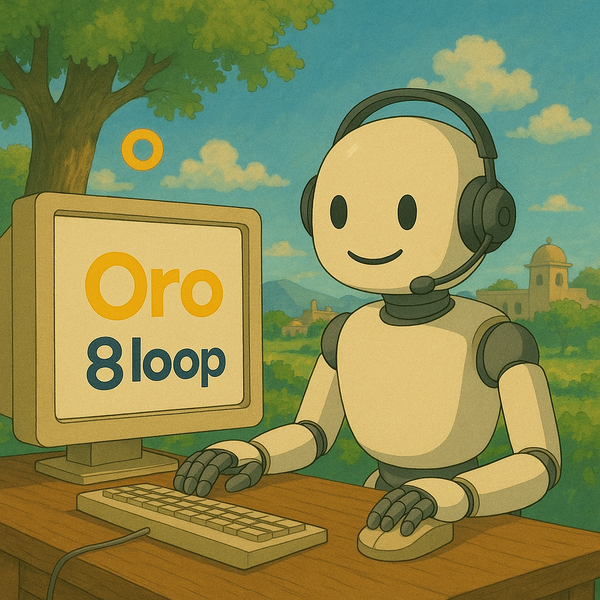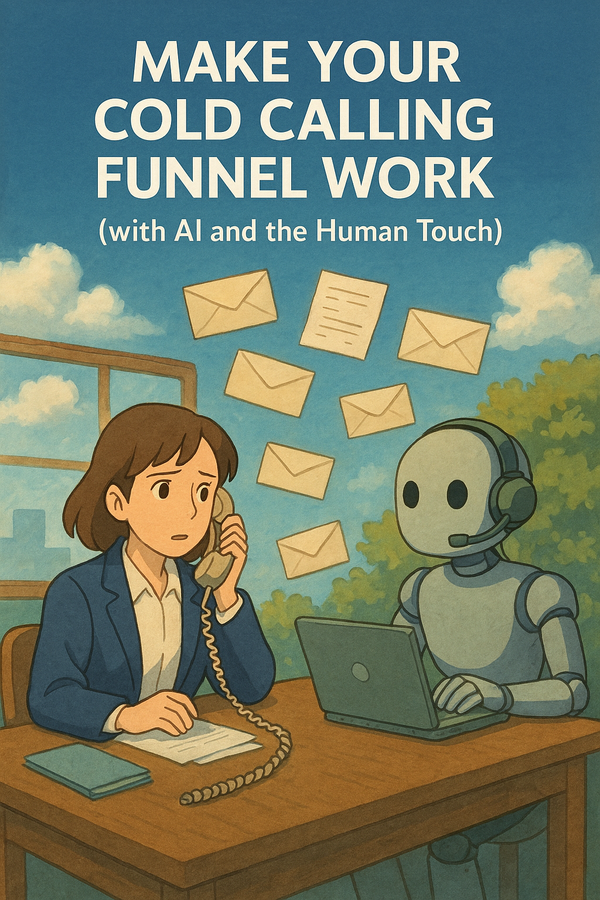From Copy.ai to Tesla Bots: The Evolution of the Modern Tech Stack Powering New-Age Companies

Every few decades, we see a shift, not just in products, but in what makes products possible.
The last few years have quietly built the most complete creative and computational stack humanity has ever seen. Together, these technologies form a new foundation on which the next trillion-dollar companies will be built.
Let’s look at how the pieces fit.
1. The Genesis of Creation: Generate Anything
- Text → Copy.ai
Words power the web - marketing copy, blogs, support replies, UX text. Copy.ai showed what’s possible when you can generate usable language at scale. - Code → Cursor
For decades, software was gated by programming expertise. Cursor changed that by letting developers co-create with an AI pair programmer, speeding up iteration, debugging, and innovation. - Images → Midjourney
Designers once spent hours visualizing concepts. Midjourney compressed that creative distance; imagination now translates directly into art, ads, and brand identity. - Video → Fal.ai
Video creation is now programmable. Companies can prototype ad campaigns, product explainers, or synthetic actors in minutes. - Voice → ElevenLabs
Authentic, emotional voice generation is no longer synthetic. It’s expressive — letting brands, creators, and games sound human again.
2. The Universal Interpreter: Analyze All Data Formats
Enter ChatGPT.
It doesn’t just generate; it understands. It interprets text, code, image, audio, and video, turning them into insight and context.
This multimodal layer is what allows customer support, education, and product research to finally feel holistic.
3. The Fusion: Multimodality and Reasoning
The next leap isn’t about one medium — it’s about crossing them.
- Multimodal → Systems that combine all inputs — text, visuals, logs — to analyze and act (think: AI-powered customer support that sees, hears, and reads context).
- Reasoning → Moving beyond summarization into understanding causality. Root cause analysis for bugs. Diagnosing patients from symptoms. These are no longer science fiction.
4. The Orchestrators: Multi-Agent and Simulation Systems
We’re moving from single-shot prompts to long, autonomous workflows.
- Multi-agent systems coordinate specialized models. A research agent, a writing agent, a fact-checker — to complete complex projects end-to-end.
- Simulation tools bring the digital twin era with financial modeling, risk forecasting, and decision testing before real-world execution.
5. The Edge, the Real, and the Persistent
As intelligence becomes distributed, we’re seeing new frontiers emerge:
- On Edge → Theft detection on security cameras
Real-time, low-latency decisions are happening where the data is created. - Computer Use → Operator
AI that can use software interfaces by clicking, typing, navigating. It’s not a model anymore; it’s a co-worker. - Persistent Memory → Fyxer
Forget stateless chatbots — the future is context-aware systems that remember who you are, what you said, and what you’re working toward. - 3D → 3D Model Rendering
Virtual and physical worlds are converging. From game assets to architecture, AI-generated 3D models cut design cycles by 90%. - Physical → Tesla Robots
Intelligence is leaving the cloud and entering the real world. Robots that perceive, plan, and act will be the industrial revolution’s third wave.
6. The New Frontier
The companies of the next decade won’t start by asking “What can we build?”
They’ll ask, “What can we compose?”
Because in this era —
- Creation is instant.
- Computation is infinite.
- Intelligence is everywhere.
And the real innovation lies in stitching these capabilities together to solve real-world, high-friction problems like in healthcare, finance, construction, logistics, and beyond.
Welcome to the age where the stack builds itself and the founders who understand its layers will build the future.





